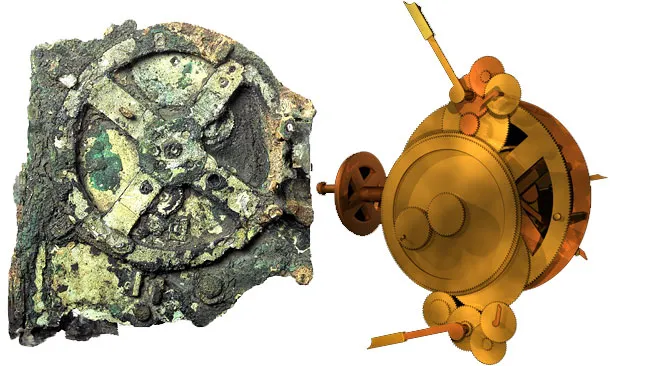By: Julian Naumann
How researchers and Scientists utilized Gravitational Wave Research to uncover the secrets of an ancient relic.
The Antikythera mechanism—an inventive and mysterious mechanism created 2,200 years ago—generated wonder and fascination among researchers. Although lots of information about this ingenious calculator still lies unexplored, generations of researchers have unraveled countless puzzles about the gadget—which was uncovered on a shipwreck close to Greek islands in 1901 and was used for calculating astronomical positions decades in the future.
The Horological Journal published a study in July that cast doubts on a fundamental theory on the mechanism, potentially upending perceptions of the complex design and operation of the mechanism. Nevertheless, researchers utilized Gravitational Wave astronomy—a field that detects minute ripples in space-time brought on by cosmic disruptions—to arrive at their results, rather than the conventional instruments of archaeology.
Graham Woan, a professor at the University of Glasgow who studies astrophysics, followed by Joseph Bayley, a research associate at the university, said that the mechanism’s calendar ring—a fragmented circular future that formerly had 354 holes in it, indicating the 354 days of the lunar calendar. This finding contradicts previous studies that suggested the ring was a 365-hole solar calendar. “It’s a slightly contentious idea,” said Dr. Woan. “However, the evidence is rather clear.”
If the calendar ring indeed represented a lunar year, all current models artificially made to simulate the machinery would be inaccurate; for that reason, most researchers left the topic untouched.
“It’s just wrong,” said Tony Freeth—a noteworthy professor at University College London and an expert on the Antikythera mechanism. He noted that there was already a much more precise lunar calendar, based on the 19-year Metonic cycle, embedded in the machinery. “Why put a second lunar calendar on the mechanism when you’ve already [have taken] a lot of trouble to construct a lunar calendar of great accuracy and sophistication?” Dr. Freeth added.
Because the Antikythera mechanism was so innovative in the second century B.C., the mechanism was extremely alien at that time. With its complex system of gears, dials, and plates, it created a model of the universe that could predict eclipses, follow the cycles of the moon, sun, planets, and constellations, and even note the dates of historic sporting events like the Olympics. Additionally, the latest Indiana Jones film “Dial of Destiny” was also influenced by the antique calculator.
For years, researchers have viewed the machine as a solution to the mathematically unclear solar year—which is 365.24 days. The holes in the ring allowed the calendar ring to be manually rotated by one day every four years to keep it on course, just as leap years are integrated into modern calendars today.
“The mechanism [kept] giving us new stuff,” Dr. Freeth said. “It’s extraordinary. Year after year, we’ve found these astonishing things in it.”











